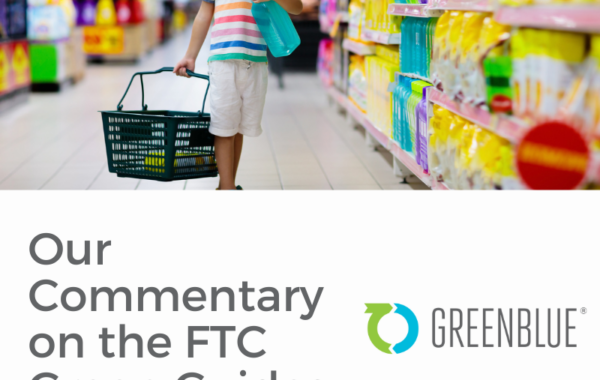October 13, 2021
In July 2021, the Sustainable Packaging Coalition released the 2020-2021 Centralized Study on Availability of Recycling. The study investigates residential recycling programs across 1,950 communities in the United States to gather information on the availability of curbside and drop-off collection programs and the acceptance rates of 32 types of packaging formats in those programs.
Today’s acceptance of a variety of packaging formats clearly has implications for the recyclability of packaging. But the data also sheds light on another potential recovery pathway – composting. In my opinion, the data can provide important insights into what packaging formats may be a better fit for compostability, given their low acceptance in recycling programs across the country.
The Centralized Study on Availability of Recycling categorized packaging formats based on how explicitly or implicitly accepted these formats were in recycling programs. Acceptance was broken down into five categories:
- Explicitly accepted – characterizes or pictures the item as accepted in the recycling program.
- Implicitly accepted – proxy item (similar use or material) as accepted in the recycling program.
- Unclear or contradictory information.
- Implicitly prohibited – proxy item (similar use or material) is characterized as prohibited in the recycling program; or program excludes item but does not explicitly mention as prohibited.
- Explicitly prohibited – characterizes or pictures the item as prohibited in the recycling program.
When messaging about packaging formats was either contradictory or more than 90% implicit, their acceptance was considered inconclusive. For example, a community’s recycling program may reject a specific format, like a hot paper cup, but state acceptance of the material (paper) more broadly. With this kind of mixed messaging, it’s likely there is a high level of confusion in communities about whether these items can be put in the recycling bin. Inconclusive acceptance was found for the following formats:
- PP coffee pods
- HDPE tubes
- Frozen food boxes
- Molded fiber protective packaging
- Molded fiber food packaging and bowls
- Molded fiber non-food packaging and trays
- Paper cups
- Paper ice cream tubs and cartons
- All paper spiral-wound canisters
- Metal-bottomed spiral-wound canisters
The bolded items in the list above are in contact with food and often contain high amounts of food residue. This strong association with food, combined with the uncertainty about whether these items belong in recycling bins in certain places, tells me they might be good fit for compostability. If society were to move away from trying to recycle these items when they are used in food-contact, high-residue applications, such as food serviceware, and instead compost them, this could help to create a cleaner recycling stream and divert more food waste.
Indeed, many of these items already have robust, certified-compostable alternatives on the market. For example, certified compostable coffee pods have grown in popularity and performance capabilities in recent years. Rather than asking consumers to separate the spent coffee grounds from a polypropylene cup, a fully compostable version is both easier to use and helps divert valuable coffee grounds to the composting stream.
The orange items in the list above are also food-contact, but they often have less food residue, or they may have residue that can be more easily removed during reprocessing, like crumbs instead of leftover food. In these instances, packaging engineers could consider designing for both recyclability and compostability. For example, a paper box without a lining may be recyclable if used to serve fairly dry food like pasta, and compostable if used to serve fairly wet, oily, or sticky food like soup.
 When packaging is tested and certified for both situations, careful labeling is in order. The How2Recycle and How2Compost labels offer a way to message the nuance to consumers by showing that something is recyclable if it’s clean, and compostable if it’s food-soiled.
When packaging is tested and certified for both situations, careful labeling is in order. The How2Recycle and How2Compost labels offer a way to message the nuance to consumers by showing that something is recyclable if it’s clean, and compostable if it’s food-soiled.
With the 2020-2021 Centralized Study on Availability of Recycling, we see that a number of common packaging formats are not clearly accepted or prohibited in recycling programs. I believe this uncertainty may be an indication that recycling is not always right for these formats. In fact, formats like coffee pods have less than 10% explicit recycling acceptance, while at least 11% of the US population has access to composting programs that accept compostable packaging.
Pursuing recyclability for packaging like coffee pods may be like trying to fit a round peg into a square hole. It’s often unreasonable to ask consumers to prepare heavily food-soiled items for recycling by separating and rinsing them. Instead, companies can carefully consider whether their packaging can help divert food waste by being compostable.
The SPC’s guide, Understanding the Role of Compostable Packaging, can help companies navigate the important considerations around designing compostable packaging.





